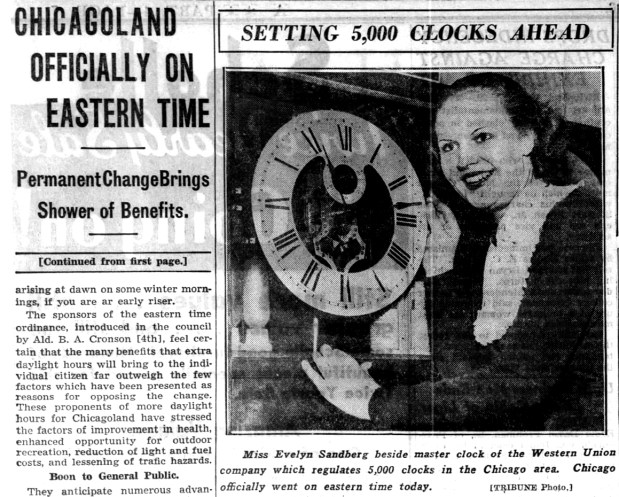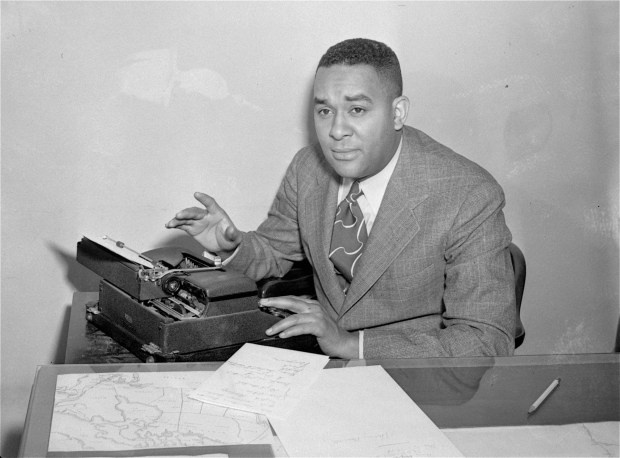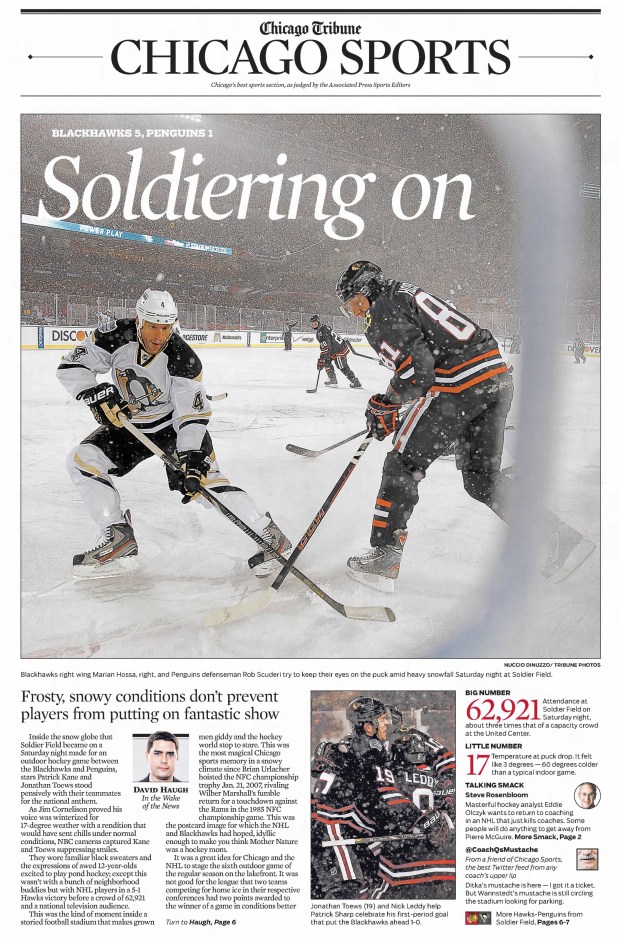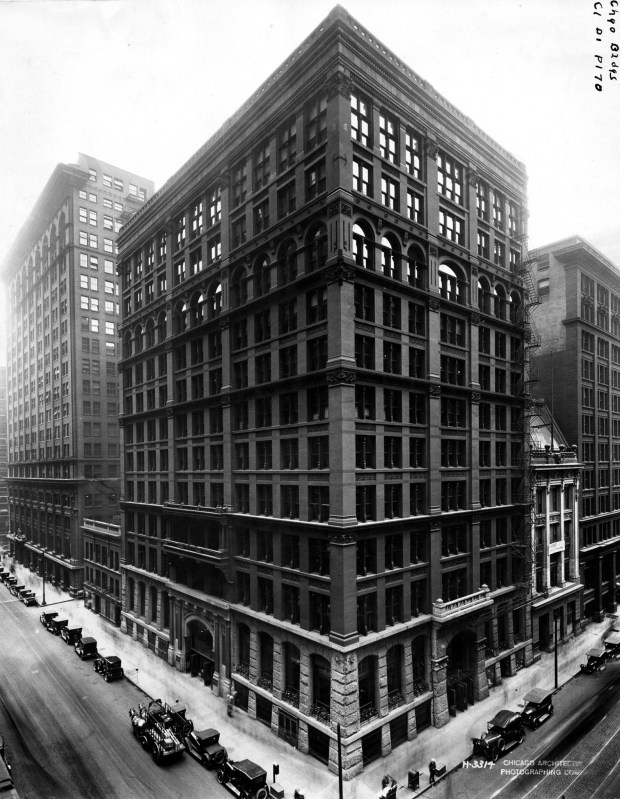Here’s a look back at what happened in the Chicago area on March 1, according to the Tribune’s archives.
Is an important event missing from this date? Email us.
Weather records (from the National Weather Service, Chicago)
- High temperature: 71 degrees (1992)
- Low temperature: Minus 5 degrees (1962)
- Precipitation: 1.09 inches (2007)
- Snowfall: 4.6 inches (1947)
1784: Virginia relinquished claim to Illinois, paving the way for territorial organization.
1884: A permit was issued for the world’s first skyscraper — the Home Insurance Co. building. The nine-story structure was built at the northeast corner of LaSalle and Adams streets in Chicago. The building was designed by William Le Baron Jenney and completed the following year. For the first time, a skeleton of metal, rather than walls of masonry, formed the main supporting material for a large commercial structure.
The Home Insurance Building was demolished in 1931 to make way for the 42-story Field Building, which became the city’s largest office building at the time.

1936: Chicago shifted its clocks ahead, but not just for a few months. The City Council decided Chicago would be on Eastern Standard Time for the entire year. But it was confusing so clocks changed back to Central Standard Time on Nov. 15, 1936. That was the end of year-round Eastern Standard Time in Illinois.

1940: Richard Wright’s “Native Son” was published four years after he founded the South Side Writers Group. Wright found the model for his novel’s protagonist, Bigger Thomas, in the news coverage of the rape and murder of Chicago fireman’s wife Florence Johnson and the subsequent conviction and execution of Robert Nixon.
The Tribune reported Wright spent, “the first money he got from the book to buy his mother a house. She and his brothers live here on Chicago’s South Side, the scene of the book.”

2014: The Chicago Blackhawks defeated the Pittsburgh Penguins 5–1 before a sold-out crowd of 62,921 at Soldier Field as part of the NHL Stadium Series.
Want more vintage Chicago?
Subscribe to the free Vintage Chicago Tribune newsletter, join our Chicagoland history Facebook group, stay current with Today in Chicago History and follow us on Instagram for more from Chicago’s past.
Have an idea for Vintage Chicago Tribune? Share it with Kori Rumore and Marianne Mather at krumore@chicagotribune.com and mmather@chicagotribune.com



